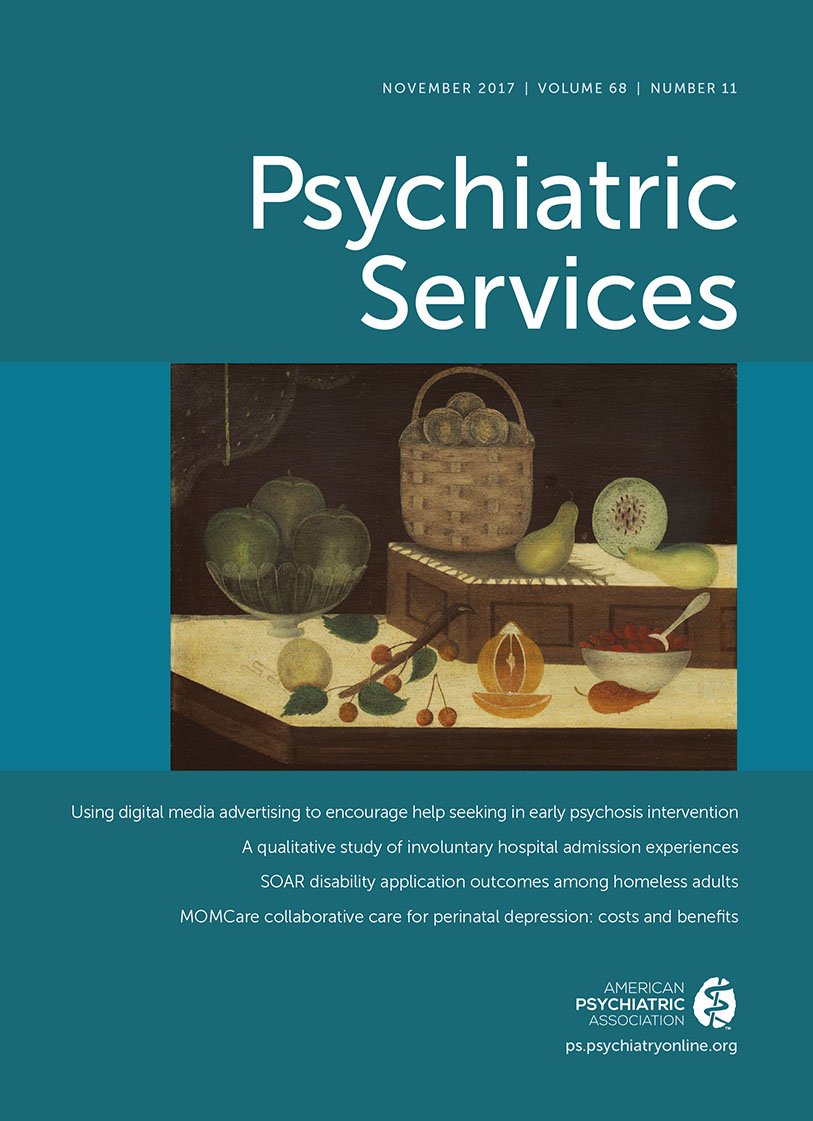Ecological Momentary Assessment and Intervention in the Treatment of Psychotic Disorders: A Systematic Review
Abstract
Objective:
Ecological momentary assessment (EMA) and ecological momentary intervention (EMI) are technologies used to track fluctuations in experiences and prompt behavioral responses within the context of a person’s daily life. Most commonly delivered via smartphone, EMA and EMI have potential to provide simple, cost-effective, and user-led treatment for psychotic disorders. This systematic review aimed to synthesize current research exploring the feasibility, acceptability, and clinical outcomes of EMA and EMI in the treatment of psychotic disorders.
Methods:
A systematic search was conducted identifying studies published between 1980 and July 7, 2016, by searching PubMed, PsycINFO, PsycARTICLES, and the Cochrane Central Register of Controlled Trials with combinations of search terms related to mobile devices, EMA and EMI, and psychotic disorders.
Results:
Of 1,623 studies identified, nine met inclusion criteria for the review. These studies found satisfactory feasibility and acceptability and preliminary evidence of improved clinical outcomes. The interventions, which had a broad array of features, targeted remote monitoring of illness and symptoms, and they also targeted illness self-management by using momentary reminders or instructions for behaviors, including medication adherence, management of symptoms and psychosocial impairments, daily living skills, and goal achievement.
Conclusions:
The findings of this review provide preliminary support for the clinical utility of EMA and EMI in the treatment of psychotic disorders. Future research should explore further applications of these technologies with larger sample sizes and controlled designs.



